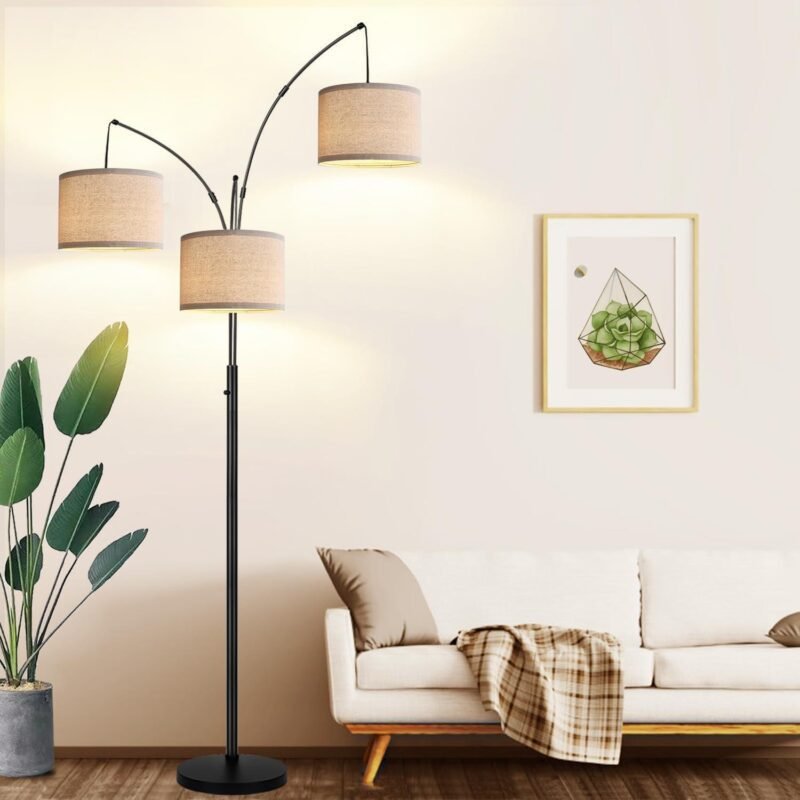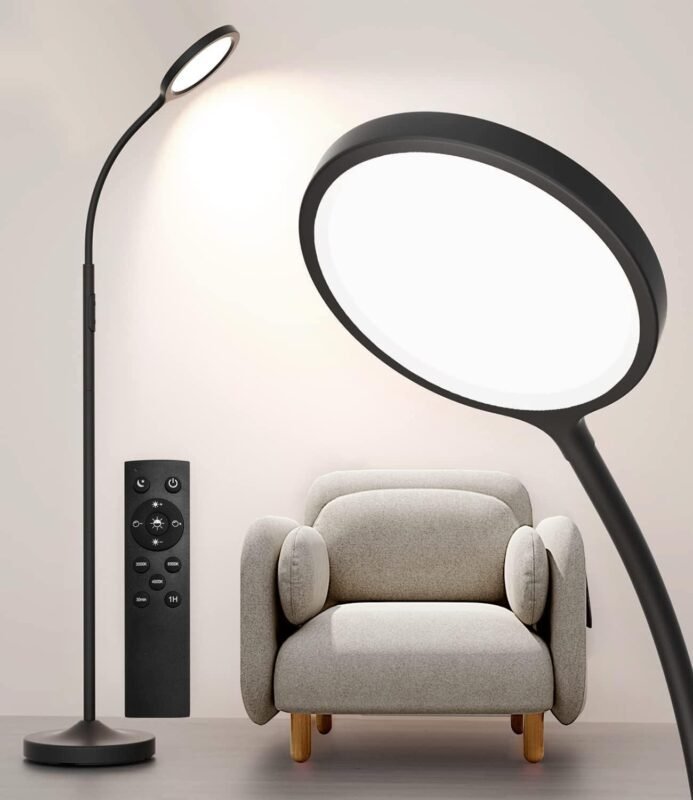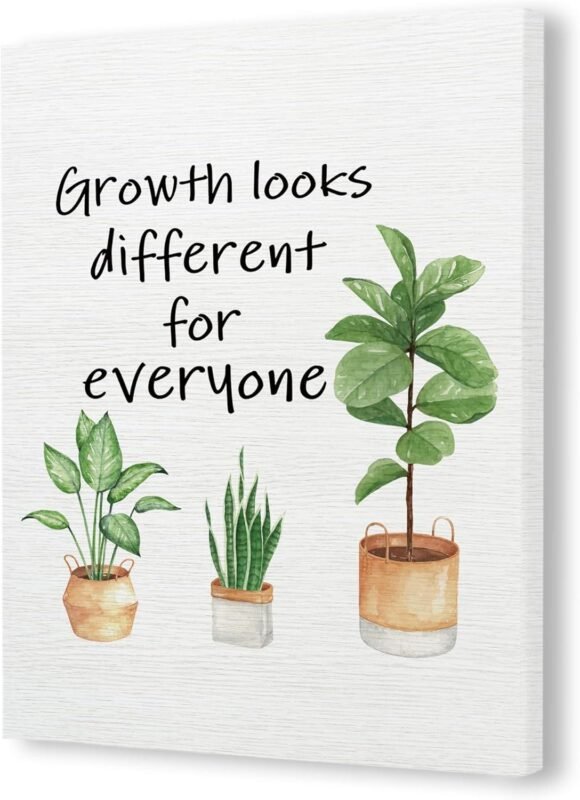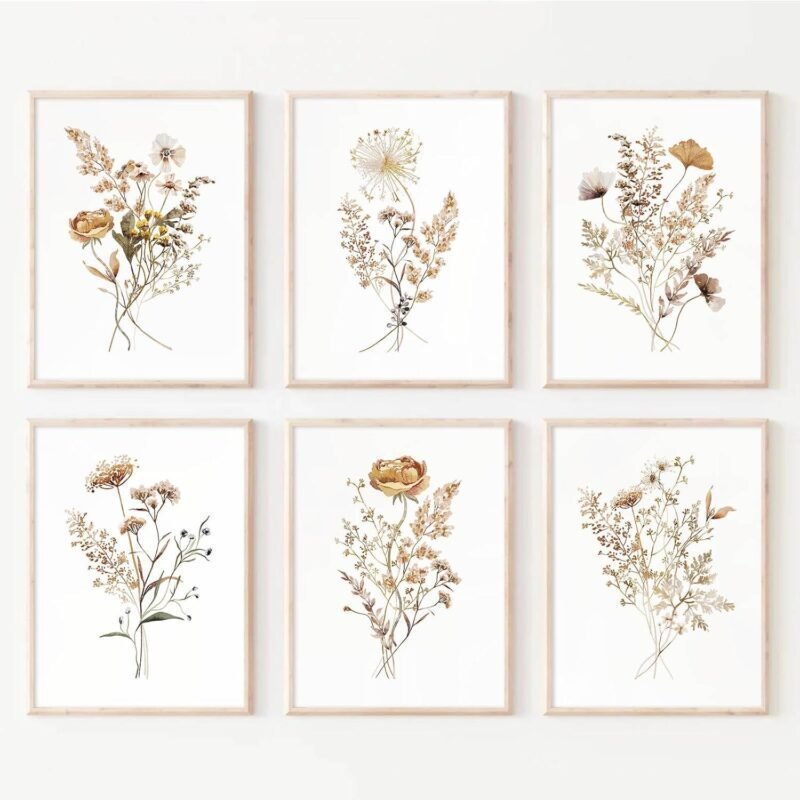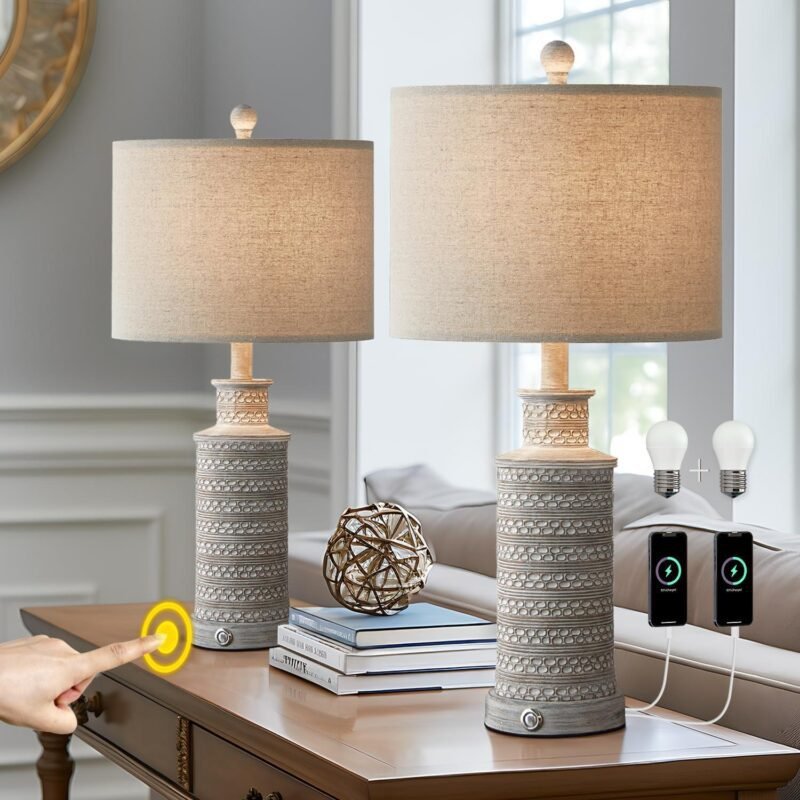What are some popular color schemes for a Japanese minimalist living room?

When it comes to designing a Japanese minimalist living room, color plays a crucial role in creating a space that feels calm, balanced, and inviting. Rooted in simplicity and natural beauty, Japanese interior design frequently enough embraces subtle, harmonious color schemes that enhance tranquility and promote mindfulness.In this article, we’ll explore some popular color palettes commonly used in Japanese minimalist living rooms, helping you achieve that serene and elegant aesthetic in your own home. Whether you’re drawn to warm neutrals, earthy tones, or soft contrasts, these color schemes offer timeless inspiration for creating a peaceful retreat.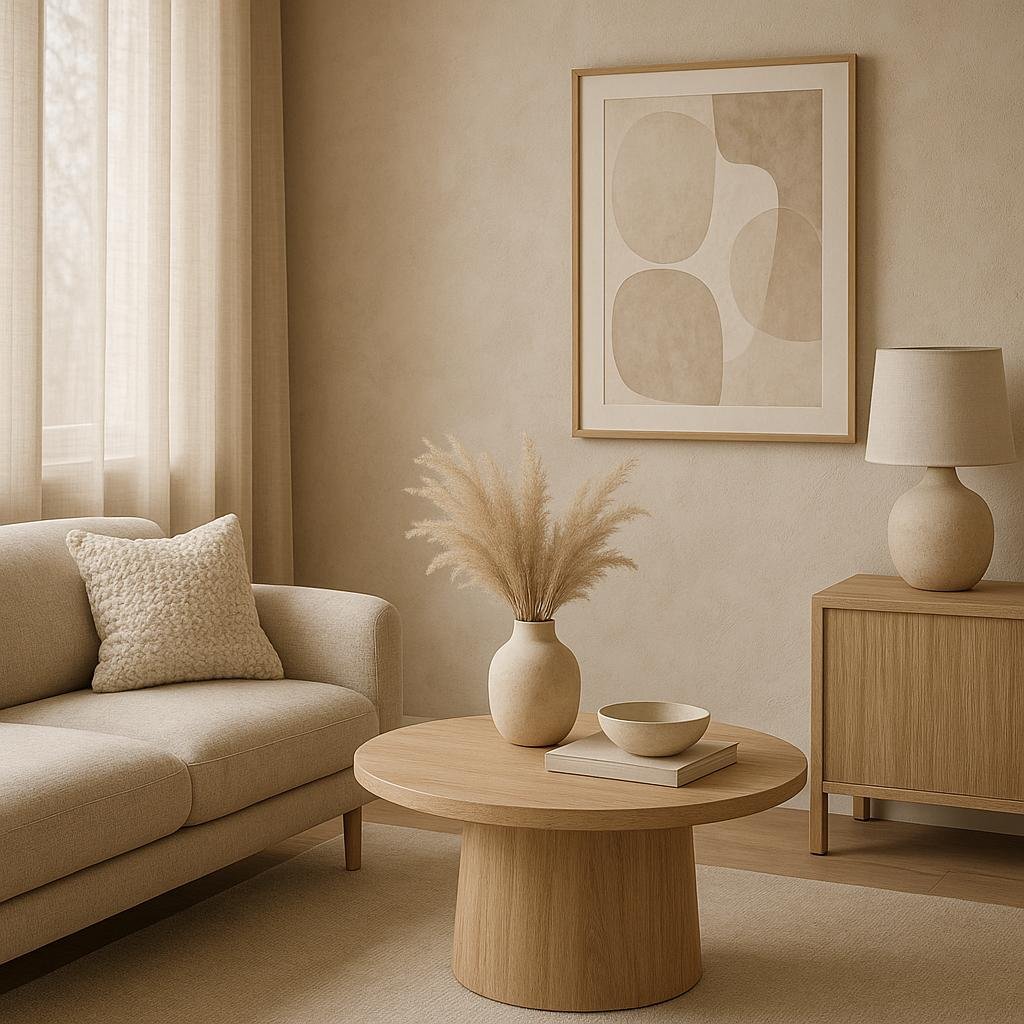
Popular Neutral Tones to Create a Calm and Serene Atmosphere
Neutral tones form the backbone of a Japanese minimalist living room, evoking a sense of tranquility and balance. Shades such as soft beiges, warm taupes, and gentle greys effortlessly complement natural wood elements and tatami mats, creating a harmonious sanctuary that invites relaxation. Incorporating these colors in walls, furniture, and textiles helps maintain a clean aesthetic while establishing an inviting environment free from visual clutter.
To deepen the serene atmosphere, consider layering these neutrals with subtle accents like ivory, muted olive, or stone blue. These understated variations add dimension without overpowering the space. Below is a swift guide to popular neutral hues often utilized in these settings:
- Warm Beige: Creates warmth and coziness without overwhelming simplicity.
- Soft Taupe: Adds subtle sophistication and pairs well with natural materials.
- Muted gray: Offers a cool counterbalance for balanced visual flow.
- Ivory: Enhances light and expands the perception of space.
| Color | Effect | Best Paired With |
|---|---|---|
| Warm Beige | Cozy & inviting | Light wood, linen fabrics |
| Soft Taupe | Elegant & grounded | Bamboo, stone accents |
| Muted Grey | Calm & modern | White ceramics, glass |
| Ivory | Bright & airy | Natural jute, cotton |
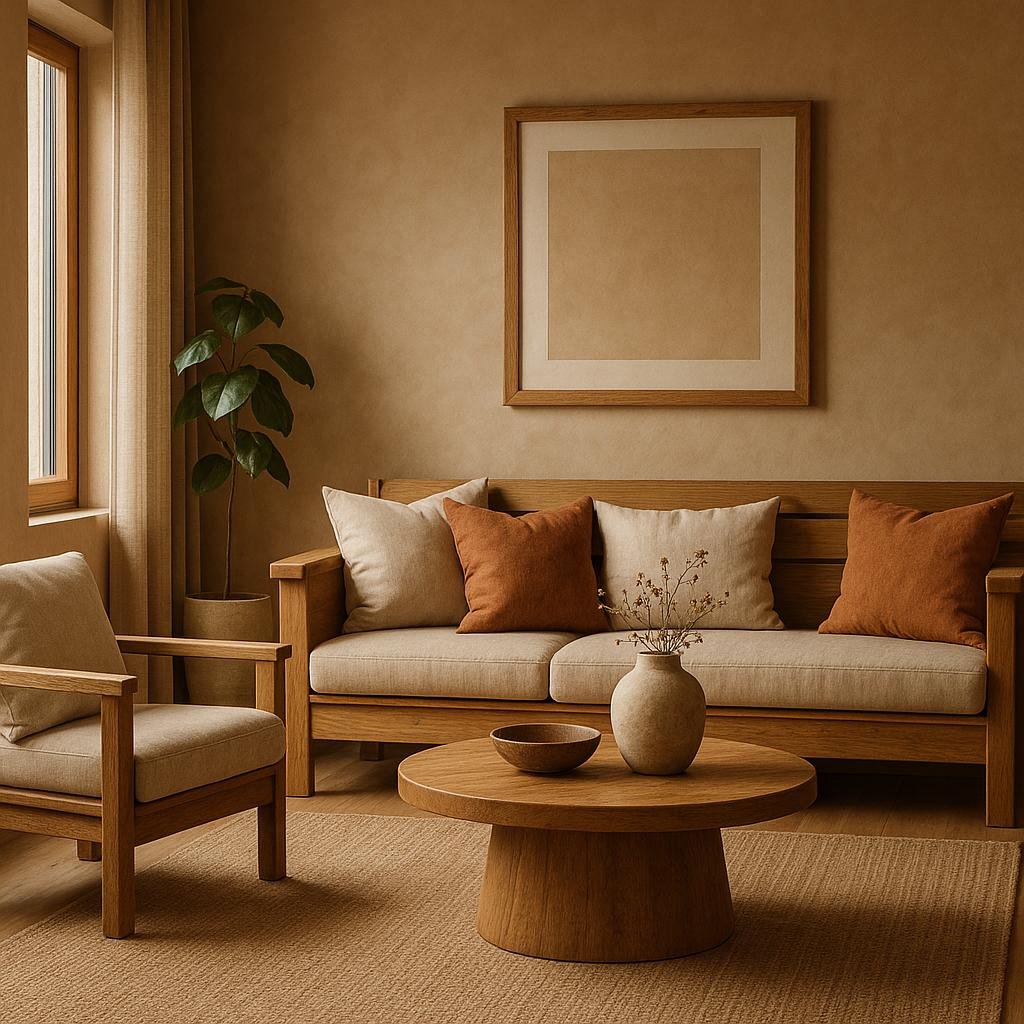
Incorporating Natural Wood and Earthy Shades for Warmth and Balance
Bringing in natural wood elements paired with earthy tones is an excellent way to foster a sense of warmth and harmony in a Japanese minimalist living room.Materials such as light oak,bamboo,or walnut can be introduced through furniture,flooring,or decor accents,creating an organic connection to nature that is central to Japanese design ideology. These wood tones, when combined with muted shades like soft beige, terracotta, or olive green, create a balanced atmosphere that feels both inviting and tranquil without overwhelming the simplicity that minimalism demands.
To visualize how these combinations work together, consider the following palette guide:
| Natural Wood | Earthy Shade | Usage Ideas |
|---|---|---|
| Light oak | Beige | Flooring and walls |
| Bamboo | Terracotta | Cushions and lampshades |
| Walnut | Olive Green | Furniture and planters |
Pro tips:
- Use wood grain textures rather than painted surfaces to maintain authenticity.
- Introduce subtle greenery to complement earthy hues, enhancing the cultural emphasis on nature.
- Keep accessories minimal but meaningful,such as handcrafted ceramics or woven baskets.
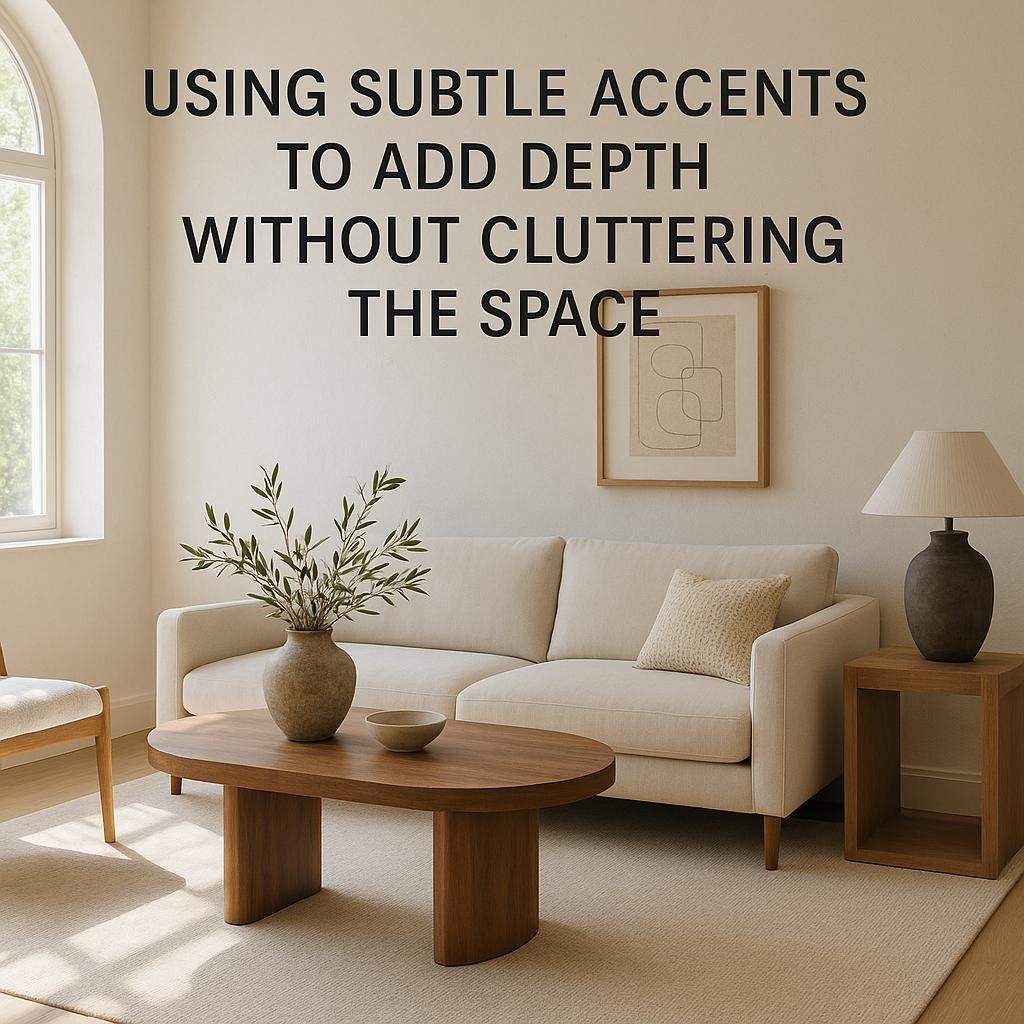
Using Subtle Accents to Add Depth Without Cluttering the Space
Incorporating subtle accents is essential for achieving a harmonious balance in a Japanese minimalist living room. These touches introduce layers of interest while maintaining the serene and uncluttered ambiance that defines the style. To do this effectively, focus on natural materials such as light wood, rattan, or bamboo, which blend seamlessly with neutral palettes. A single, carefully chosen accent - like a charcoal grey throw pillow or a muted terracotta vase – can add depth without compromising the overall simplicity.
Consider also layering textures to evoke warmth and dimension:
- Soft linens: Minimalist cushions or curtains in soft cotton or linen fabrics.
- Matte ceramics: Subtle tableware or decorative items with a natural finish.
- Stone or granite: Small accents like coasters or tabletop sculptures.
By thoughtfully integrating these accents in moderate doses, the living room retains it’s open, airy feel while inviting the eye to explore intimate, comforting details that enrich the environment.
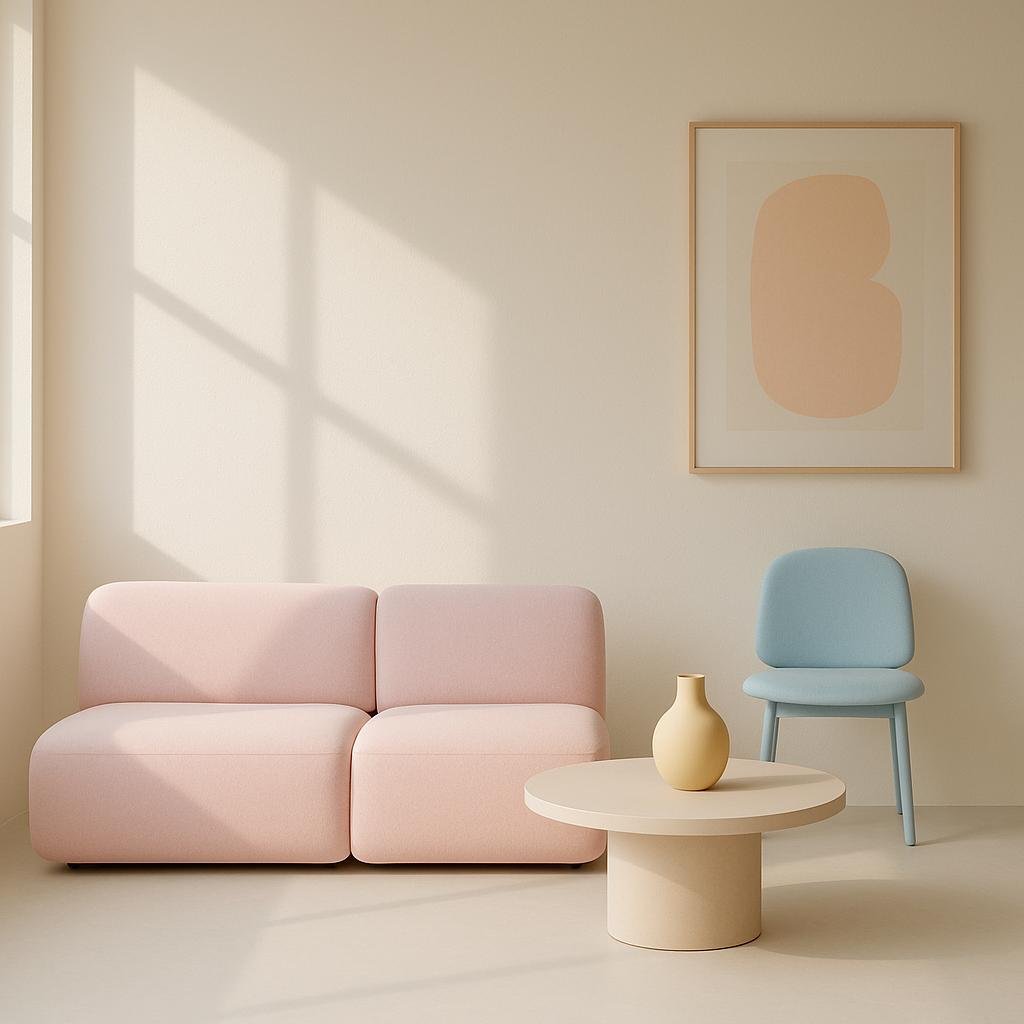
Choosing Soft Pastels to Enhance Light and Maintain Minimalism
Soft pastels are a quintessential choice when aiming to amplify natural light while preserving the understated charm of Japanese minimalism. These gentle hues – think muted blushes, soft greys, and creamy beiges – subtly reflect light rather than overpowering the space. The result is an environment that feels both open and serene, creating a perfect balance between brightness and calmness. Incorporating these colors into walls,textiles,and accent pieces helps maintain the essential simplicity that defines minimalist interiors without compromising on warmth.
When selecting your palette, consider combining soft pastels with natural textures such as light wood, rice paper, or stone to enhance the tactile quality of the space.To help you decide,here are some trusted soft pastel options ideal for a Japanese minimalist living room:
- Muted peach: Adds a gentle warmth without dominating the room.
- Sage green: Brings a soothing organic touch, evoking nature.
- Pale Blue: Offers a cool,airy feel that complements natural light.
| Pastel Color | Mood Created | Best pairings |
|---|---|---|
| Muted Peach | Warm & Inviting | Light wood, Cream Linens |
| sage Green | Calm & Natural | Stone, Bamboo Textures |
| Pale Blue | Airy & Refreshing | White Walls, Linen Curtains |
In Summary
Incorporating popular color schemes into a Japanese minimalist living room can effortlessly create a serene and balanced atmosphere.By embracing natural tones like soft beiges, muted greens, and warm wood accents, or exploring harmonious contrasts with black and white, you can achieve a space that feels both timeless and inviting. Whether you prefer subtle earth-inspired palettes or a more modern monochrome approach, these color choices honor the principles of simplicity and tranquility central to Japanese design. Ultimately, selecting the right colors will help you craft a calming retreat that reflects minimalist elegance and thoughtful intention.

